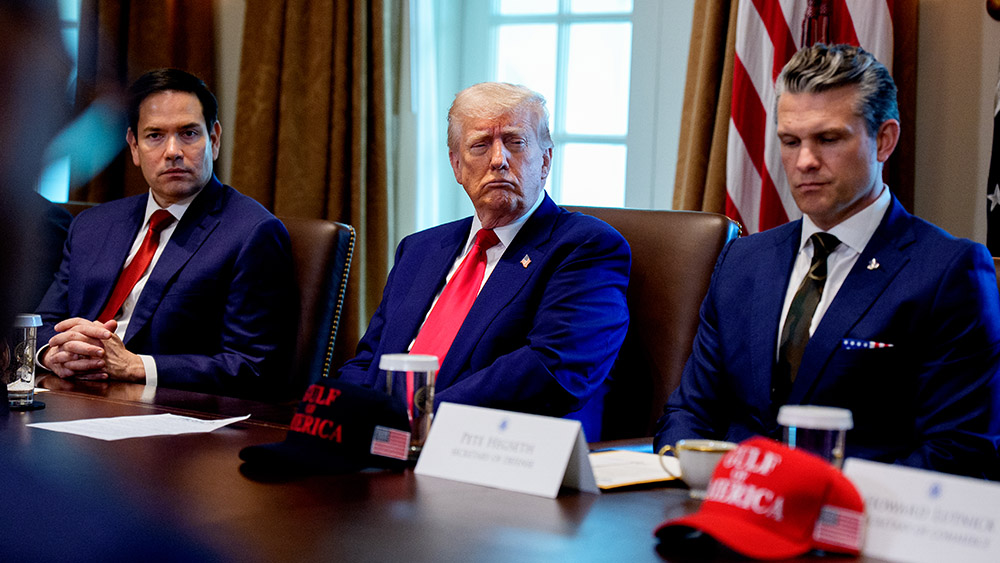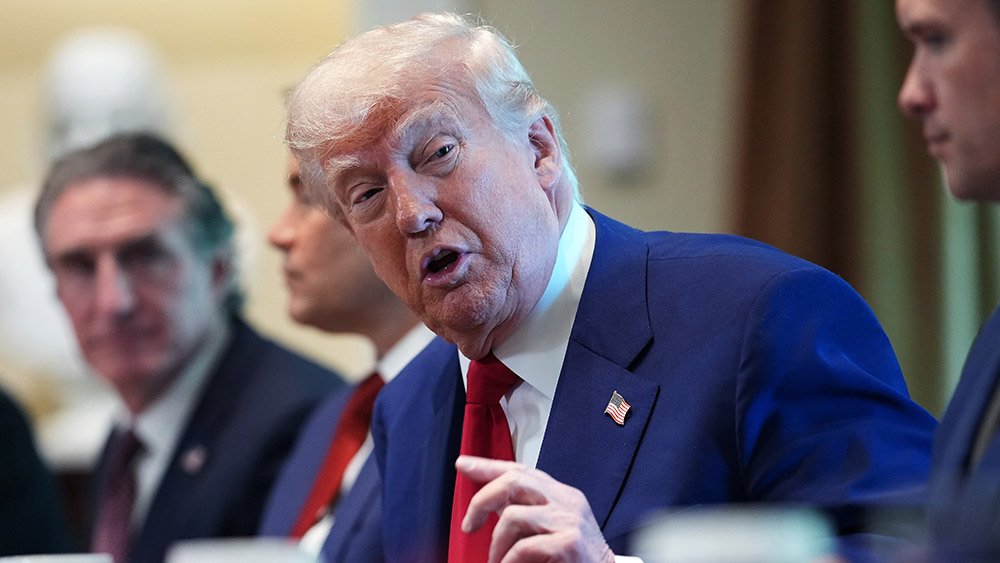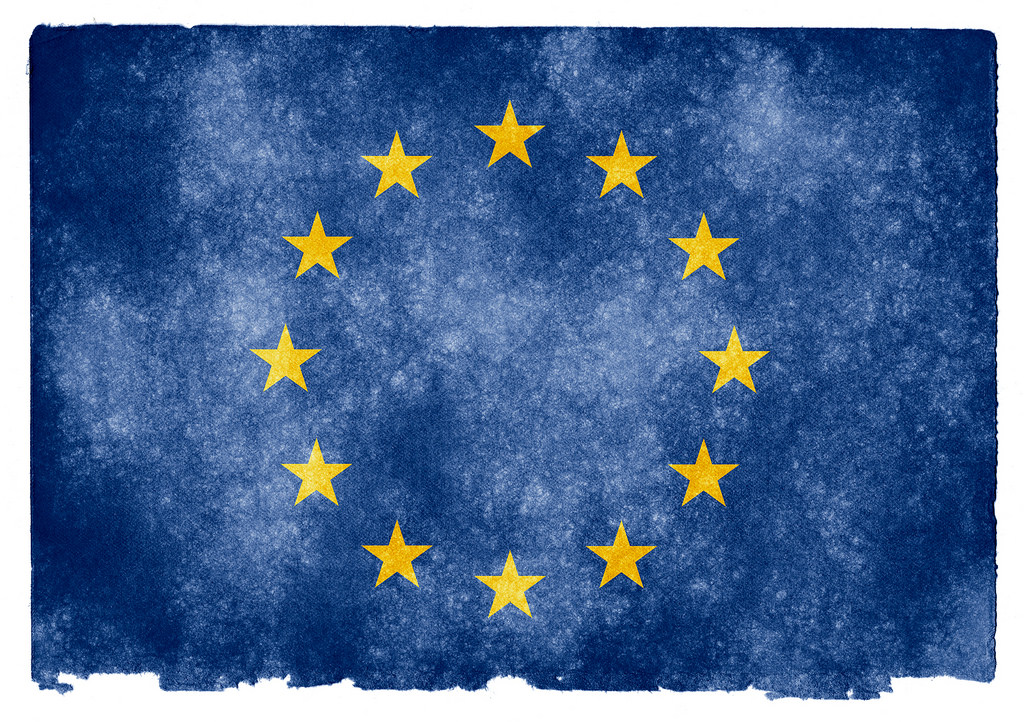 Parler
Parler Gab
Gab
- The U.S. and India formalized a trade agreement prioritizing fossil fuels and energy security, facilitating American LNG exports and joint offshore exploration. The deal strengthens economic ties and counters Western climate policies, reflecting India’s strategic shift toward energy diversification and reduced reliance on Middle Eastern gas.
- India’s GAIL secured a long-term deal for 1 million metric tons of U.S. LNG annually, advancing its goal to increase natural gas in its energy mix to 15% by 2030.
- The move aligns with India’s post-1991 economic reforms, which spurred rapid GDP growth, and mirrors past infrastructure successes like the Golden Quadrilateral highway project.
- The deal reinforces the QUAD alliance (U.S., India, Japan, Australia) and bolsters India’s role in countering China’s dominance in Indo-Pacific trade routes. India’s strong services exports (vs. Vietnam’s merchandise reliance) give it leverage in negotiations, reducing vulnerability to U.S. tariffs.
- India openly prioritizes energy security over Western climate targets, postponing its net-zero goal to 2070 amid power shortages and a growing population. A senior negotiator rejected "climate cartel fearmongering," framing hydrocarbon development as essential for sovereignty and economic resilience.
Structural shift: Energy self-reliance and economic strategy
The pact’s core lies in GAIL Limited’s tender for 1 million metric tons annually of American LNG, a move shelved during former President Joe Biden’s curbs on LNG exports before the Trump administration’s April 2024 reversal. The long-term agreement underscores India’s goal to expand natural gas’s energy mix share to 15% by 2030, a critical step to mitigate its current 85% crude oil import dependency and frequent power outages. This modern energy resurgence echoes historical lessons of economic liberation. Post-1991 trade reforms, including slashed taxes and EU-inspired policies, propelled India’s GDP growth to 5.6% annually, lifting it from OECD’s 22nd to 4th wealthiest in two decades. The energy deal continues this trajectory, with GAIL’s now-moored LNG strategy mirroring past strides in tech and automotive sectors—where highways like the Golden Quadrilateral have spurred a 140km Chennai-Vellore artery into a hub of Hyundai and Saint-Gobain facilities. Yet critics warn of parallels to past environmental compromises, as new prawn farms along India’s Coromandel Coast highlight, displacing small farmers to swell urban slums. However, GAIL’s tech-based approach promises fewer ecological scars, avoiding the mangrove-destruction seen elsewhere.Quad alliance and China containment
The timing of the deal amplifies its geopolitical dimension. Solidifying the QUAD alliance (U.S., India, Japan, Australia), the pact arms New Delhi in its tug-of-war with Beijing over Southeast Asia’s trade routes. Analysts like JPMorgan’s James Sullivan note that India’s services-heavy exports insulate it from U.S. tariffs, unlike Vietnam — which slashed auto tariffs to zero to court American favor — leaving ample bargaining power. “India’s minimal merchandise reliance (20% of GDP vs. Vietnam’s 87%) puts it in a stronger negotiating stance,” Sullivan told CNBC. The U.S.’s strategic bet on Indian autonomy also detoxifies Beijing’s resource dominance: nearly 64% of Indian software exports and tech hubs like Chennai’s IIT branch provide the engineering might to sidestep Chinese supply chain strangleholds.Climate cartel vs. national sovereignty
The deal’s most seismic shift is its open defiance of global emissions targets enshrined in the 2015 Paris Agreement. India, which postponed its net-zero deadline to 2070 after experiencing 2023 power blackouts, bluntly prioritized energy autonomy over Western climate agendas. “The climate cartel’s fearmongering won’t starve us into compliance,” a senior Indian negotiator said, emphasizing hydrocarbon needs for a population projected to exceed 1.5 billion by 2030. This stance resonates in India’s past resilience: During the mid-1800s Great Famine, emigration alone halved its population, yet its post-colonial embrace of free markets rebounded it to wealth. “Like the Liffey carried the Irish to a precarious freedom, energy sovereignty offers India’s path to sustained growth,” noted analyst Gaurav Narain, referencing Ireland’s historical migration.Economic leverage and market realities
Wall Street’s “race-to-the-bottom” rhetoric is undercut by market realities. While U.S. tariffs have shaken Indian equities, domestic spending buffers the economy. India’s Nifty 50 index dipped 0.6% Thursday, but telecoms like Bharti Airtel and energy firms like GAIL have weathered turbulence by serving local demand. The Reserve Bank of India’s rate cuts to 6% signal continued support for a projected 6.5% 2025-26 GDP expansion. Meanwhile, Trump’s tariff brinkmanship has India clinging to its numeric advantage over China. “They’ll implement zero-tariff deals with economies like Vietnam, but India offers counterweight power,” said Treasury Secretary Scott Bessent. India’s willingness to imports U.S. defense tech and oil could clinch deeper concessions, contrasting China’s proposed 125% retaliatory tariffs.A paradigm for energy freedom
The U.S.-India energy pact isn’t merely a trade deal — it’s a manifesto rebuking climate cultism. By championing hydrocarbons and economic self-determination, New Delhi and Washington forge a template for developing nations weary of Brussels’ regulatory overreach. As Chennai’s highways hum with lifeblood of 5,846km expressways, and Vellore’s factories gleam with Saint-Gobain’s French glass, the deal mirrors India’s broader rise — a blend of foreign trade and cultural resilience. Whether it steers the world toward an energy-secure future or environmental reckoning remains unclear, but as Modi’s negotiators aptly noted: “Sometimes, herding with the right animals is good survival strategy.” As the Liffey River once carried Ireland’s displaced, today India’s energy currents may navigate it to sovereignty—a testament to centuries of resisting imposed systems, and choosing its own destiny. Sources include: WattsUpWithThat.com WashingtonTimes.com CNBC.comTrump demands 30-day Ukraine ceasefire, threatens sanctions if fighting continues
By Cassie B. // Share
Trump and UK strike historic trade deal, setting stage for global tariff negotiations
By Cassie B. // Share
Trump proposes cutting China tariff to 80% ahead of high-stakes trade talks
By Cassie B. // Share
EU takes Trump to WTO over tariffs, targets U.S. goods with €95 billion countermeasures
By Cassie B. // Share
By Finn Heartley // Share
House Committee advances sweeping energy expansion to unleash U.S. oil and gas production
By Willow Tohi // Share
Governments continue to obscure COVID-19 vaccine data amid rising concerns over excess deaths
By patricklewis // Share
Tech giant Microsoft backs EXTINCTION with its support of carbon capture programs
By ramontomeydw // Share
Germany to resume arms exports to Israel despite repeated ceasefire violations
By isabelle // Share










